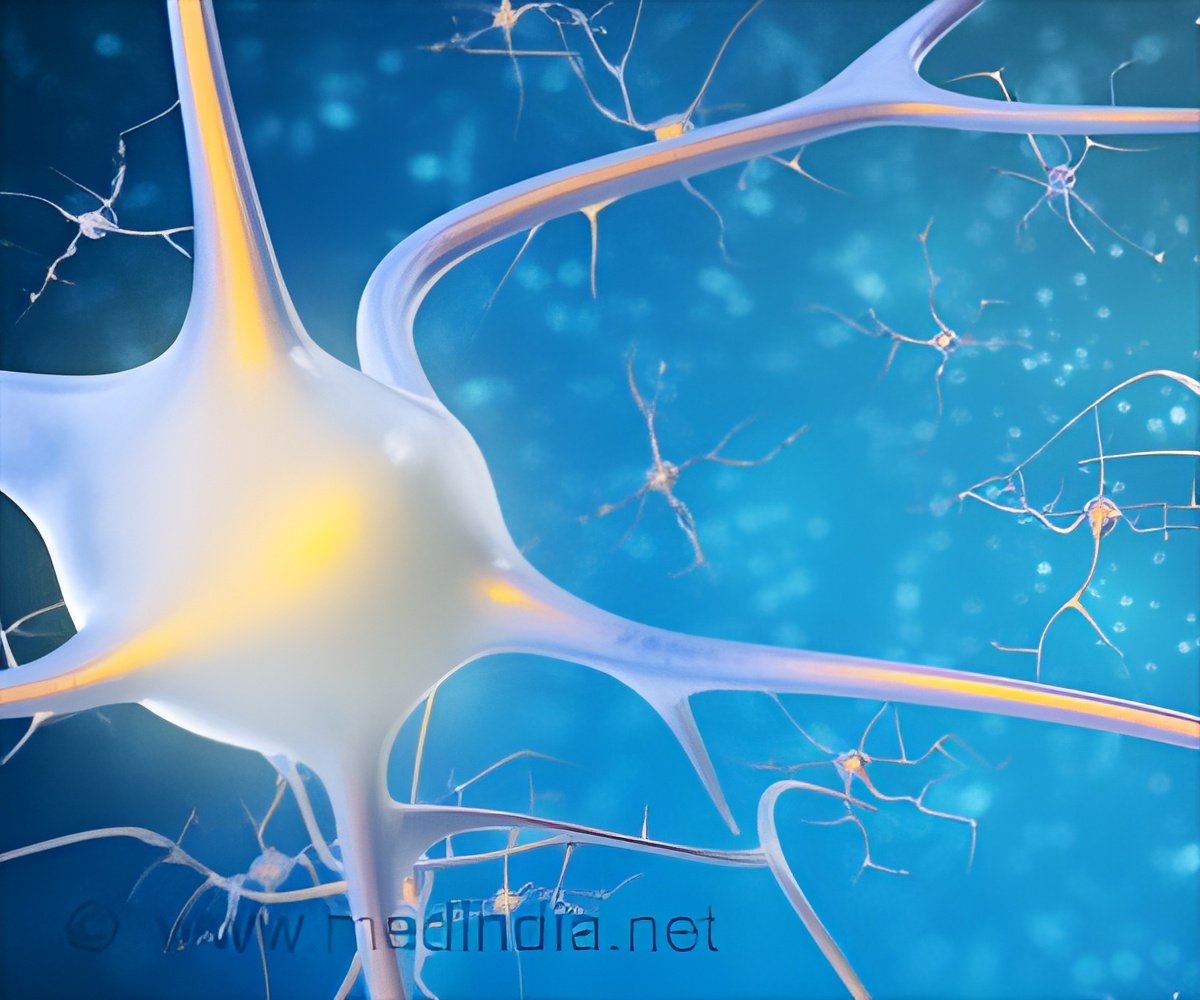
‘The protective lining of nerve cells may not be so protective for people with multiple sclerosis. #multiplesclerosis’
Tweet it Now
The coating of the axons, known as myelin and enables the rapid transmission of electrical nerve impulses. To date, it has been assumed that in MS oligodendrocytes and myelin are degraded by immune cells and that the then-vulnerable axons suffer irreversible damage due to further local inflammatoryprocesses. The loss of axons plays a decisive role in the severity of MS in patients and the course of the disease.Recent research conducted by a team of scientists from Leipzig University and Max Planck Institute for Multidisciplinary Sciences in Göttingen suggests that understanding the disease now needs to change (1✔ ✔Trusted Source
Myelin insulation as a risk factor for axonal degeneration in autoimmune demyelinating disease
Go to source).
Multiple Sclerosis: Myelin Could Harm Nerve Fibers
In the current study, the research groups were able to show that myelin, which was previously viewed as a solely protective structure, can threaten the survival of the axons. This is the case, for example, when myelin sheaths have been attacked by immune cells, but continue to surround the axons and thus isolate them from the environment.Oligodendrocytes are not only responsible for the formation of myelin. They also perform important functions that support the energy metabolism of the axons. Myelinated axons, in particular, are highly dependent on metabolic support because they have little access to nutrients on their own. Support of myelinated axons through a myelin sheath requires that the architecture of myelin be intact, including the tight communication channels between the oligodendrocytes and axons.
“When oligodendrocytes are exposed to an acute inflammatory environment, they may lose their ability to support the axons, and myelin becomes a threat to the survival of the axons,” says Professor Klaus-Armin Nave from the Max Planck Institute for Multidisciplinary Sciences in Göttingen, Germany, describing the team’s research hypothesis that was formulated at the outset.
Showing that Axons Coated with Myelin Undergo Irreversible Damage
To test their hypothesis, the researchers examined tissue samples from patients with multiple sclerosis, as well as various mouse models of this disease to experimentally simulate the autoimmune attack on myelin.For the first time, the researchers were able to demonstrate by electron microscopy in the tissue samples of the patients that irreversible damage almost always occurs in the axons that are still coated with myelin.
Advertisement
“By challenging the prevailing image of myelin as a solely protective structure, we can gain a deeper understanding of the disease and potentially develop new treatment strategies that will maintain the functionality of the axons,” explains Professor Ruth Stassart from the Paul Flechsig Institute - Center for Neuropathology and Brain Research, Institute of Neuropathology at Leipzig University Hospital.
Advertisement
Reference:
- Myelin insulation as a risk factor for axonal degeneration in autoimmune demyelinating disease - (https://www.nature.com/articles/s41593-023-01366-9)
Source-Eurekalert











